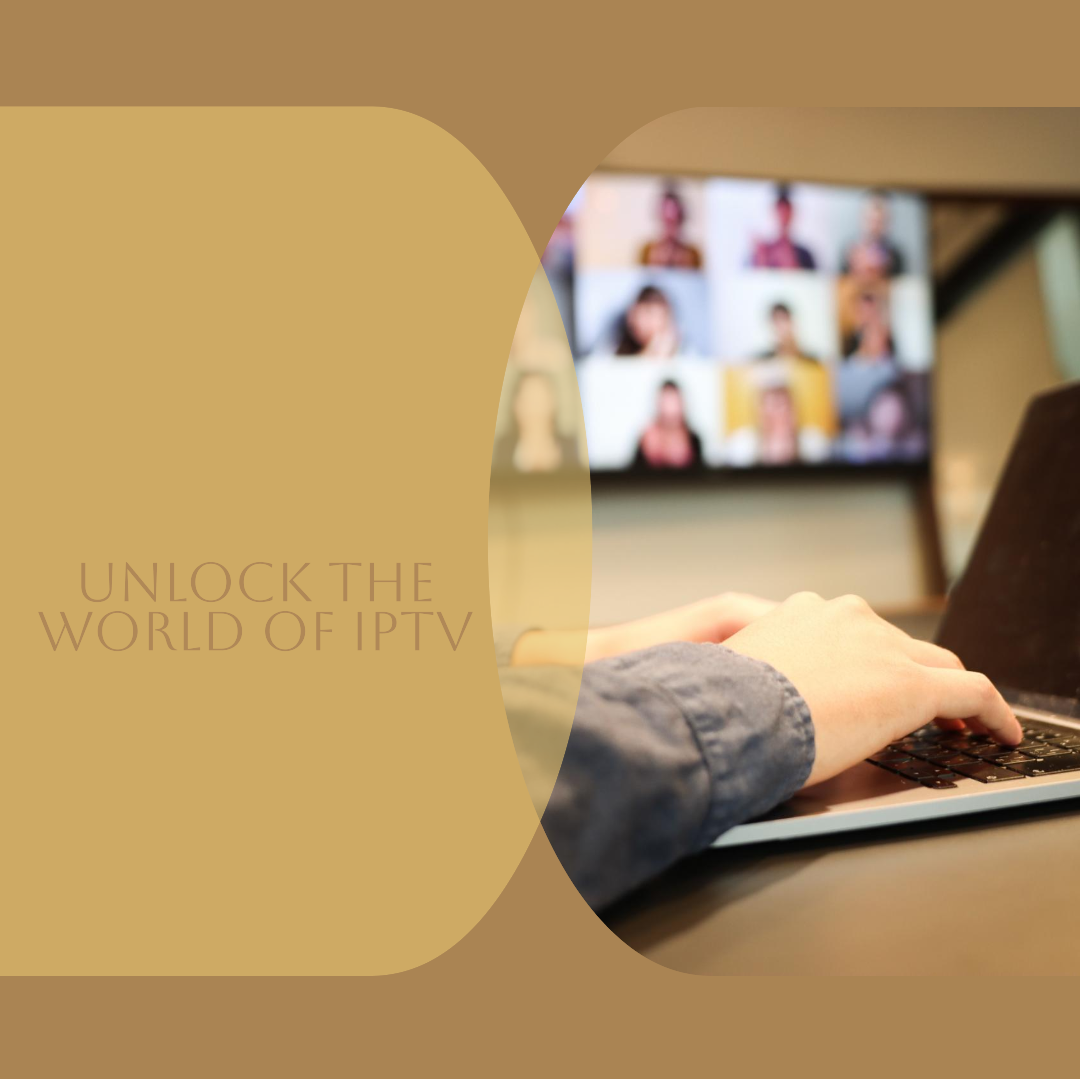

Introduction to IPTV Platforms:
Internet Protocol Television (IPTV) is a relatively new technology that uses the internet to deliver television programs. It offers a wide range of benefits, including flexibility, cost-effectiveness, and enhanced user experience. In this article, we will delve into the world of IPTV, exploring its key features, functionalities, and business requirements.
IPTV Solutions: Delivering Engaging Channels to Your Audience
In addition to OTT services, Shree AGT Multimedia and Software Solutions Pvt Ltd offers comprehensive IPTV solutions. With a vast network of channels and a user-friendly platform, the company ensures that your audience can access a wide range of content seamlessly.
Overview of IPTV Platforms:
IPTV is a type of interactive television that is delivered over the internet instead of traditional broadcast, cable, or satellite TV. It allows users to watch their favourite shows on various devices, including smartphones, tablets, laptops, and smart TVs. This flexibility has broken the boundaries of time and location, enabling users to access programming whenever or wherever they want.
Pros of IPTV:
Cons of IPTV:
Key Features and Functionalities:
IPTV services typically include a range of features that enhance the viewing experience. Some of the key features include:
Business Requirements:
To set up an IPTV service, several key business requirements must be considered:
Technical Requirements:
IPTV services require a complex integration of various technologies, including:
OTT vs IPTV: What’s the Difference?
| Parameters | OTT | IPTV |
| Network Type | Open internet networks | Dedicated, managed networks |
| Content Delivery Method | Unicast streaming | Multicast streaming |
| Quality of Service (QoS) | No guarantees, varies by internet speed and device | Reliable network control |
| Content Selection | VOD catalog | EPG for live TV, time-shifted TV and VOD |
| Components Needed | Internet-compatible device | Internet connection, router, set-top box or IP-based connected TV |
 In conclusion, IPTV has revolutionized the way we consume television content, offering a flexible, cost-effective, and engaging experience. To set up a successful IPTV service, it is essential to consider the key features, functionalities, business requirements, and technical requirements outlined above. By doing so, IPTV providers can ensure a high-quality service that meets the evolving needs of users and content providers alike.
In conclusion, IPTV has revolutionized the way we consume television content, offering a flexible, cost-effective, and engaging experience. To set up a successful IPTV service, it is essential to consider the key features, functionalities, business requirements, and technical requirements outlined above. By doing so, IPTV providers can ensure a high-quality service that meets the evolving needs of users and content providers alike.